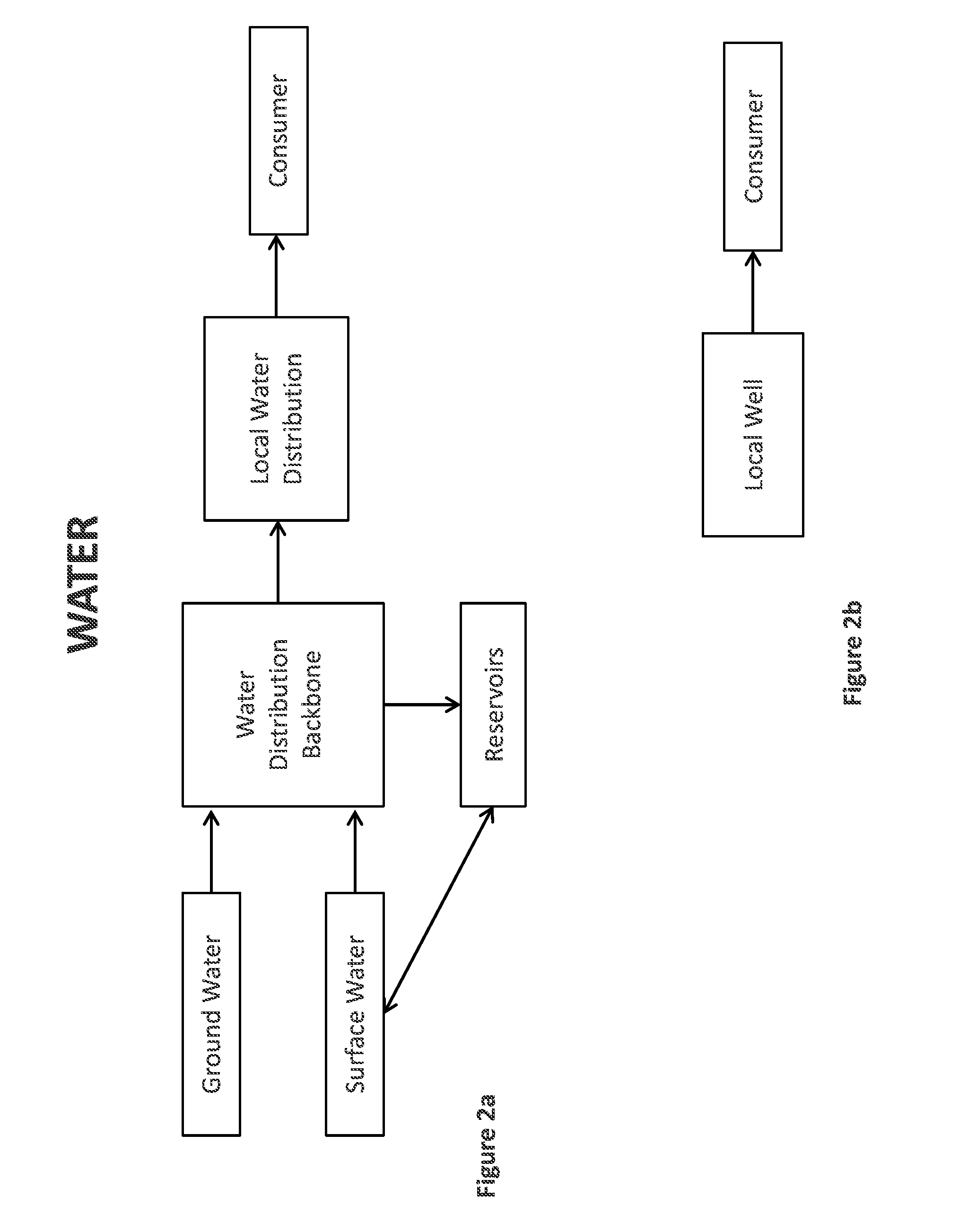Microprocessor-controlled microfluidic platform for pathogen, toxin, biomarker, and chemical detection with removable updatable sensor array for food and water safety, medical, and laboratory applications
a microprocessor and microfluidic platform technology, applied in the field of microprocessor-controlled microfluidic platform technology, can solve the problems of increasing costs, increasing throughput, logistical and economic barriers, and human, animal and general environment are subject to many threats, and achieve the effect of rich ability
- Summary
- Abstract
- Description
- Claims
- Application Information
AI Technical Summary
Benefits of technology
Problems solved by technology
Method used
Image
Examples
example antibodies
[0275 Useful in Pathogen Sensing
[0276]The range of pathogens that can be detected with antibodies, and thus potentially with antibody-based sensors, is vast and can include both toxin-producing and disease-producing types. As described earlier, by using antibodies responsive to specific pathogens, sensor technologies can be made that could be useful for diagnosis of the existence of pathogens, infections by pathogens, and the existence and stage of pathogen-invoked disease. By providing associated software for operating and analyzing the tests, the invention to be described can be used for highly selective medical diagnosis of disease.
[0277]As a first example, attention is redirected to the opening discussion food and water safety. The most dominant food and water pathogens typically encountered include S. spp., Clostridium Perfirngens, Pseudomonas spp., Bacillus Cereus, Campylobacter Jejuni, L. Monocytogenes, Salmonella spp., E. coli 0157:H7, Shigella, Norovirus, Norwalk-like virus...
example clinical
[0698 Trial Applications
[0699]Again because of the wide range of sensing capabilities and technologies provided by the invention, including the invention's advanced statistical processing approaches, versatility, anticipated low cost, small size, and open architecture, the invention is well suited for many applications in clinical trial settings. The invention can be used in a laboratory environment, at the bedside, in outpatient clinics, in medical trial facilities, and other settings. As an indication of the breadth of applicability, Table 7 below, adapted from K. K. Jain, The Handbook of Biomarkers, ISBN 160761684X, Springer, 2010, identifies seven functional classes of biomarkers relevant to clinical development of disease processes.
TABLE 7Example Class TerminologyExample ApplicationsPredisposition biomarkerIdentify predisposition to a disease,Screening biomarkerIdentify those suffering from a diseaseStaging biomarkerIdentify the stage of progression of adiseasePrediction biomar...
example environmental
[0706 Monitoring Applications
[0707]As described earlier, the sensor assay systems described can be used for detection of chemicals, contaminations, pathogens, toxins, and environmental biomarkers present on or in a sample obtained from the environment. Accordingly, the invention can be used for highly selective monitoring of these ecological, environmental, national security, public health, agriculture, and other rapidly emerging opportunities and imperatives.
[0708]As described earlier, environmental and ecological researchers and policy makers have come to appreciate the role of biomarkers as important tools for monitoring many aspects of ecology, environment, national security, public health, agriculture, with new realizations of the opportunities and imperatives rapidly emerging. By sampling or monitoring appropriate environmental or ecological elements, components, and members, such air, ground water, surface water, soils, natural flora, crops, wildlife, domesticated animals, oc...
PUM
 Login to View More
Login to View More Abstract
Description
Claims
Application Information
 Login to View More
Login to View More - R&D
- Intellectual Property
- Life Sciences
- Materials
- Tech Scout
- Unparalleled Data Quality
- Higher Quality Content
- 60% Fewer Hallucinations
Browse by: Latest US Patents, China's latest patents, Technical Efficacy Thesaurus, Application Domain, Technology Topic, Popular Technical Reports.
© 2025 PatSnap. All rights reserved.Legal|Privacy policy|Modern Slavery Act Transparency Statement|Sitemap|About US| Contact US: help@patsnap.com



